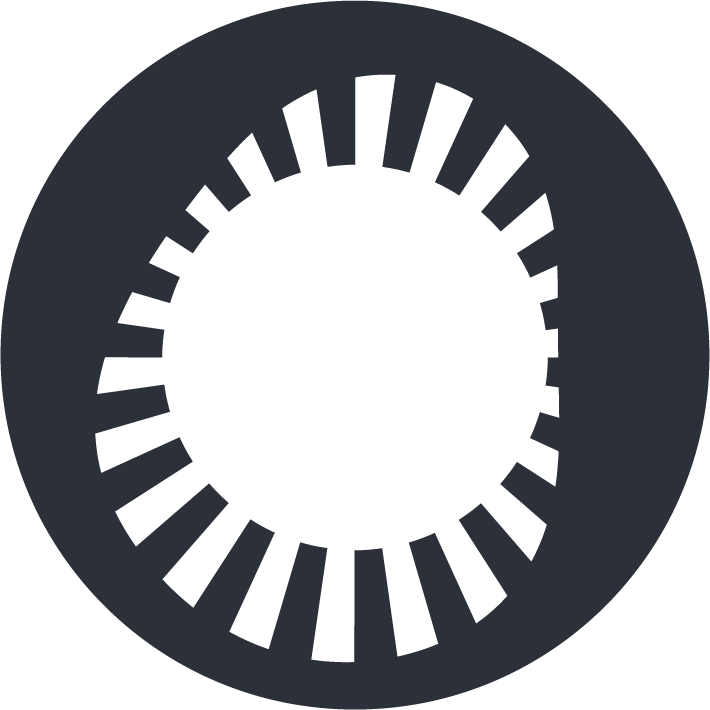Behind The Scenes — Design Thinking in the European Media Space
After a busy winter, during which we ran design sprints with teams of media makers in Porto, Tbilisi, Vilnius and Lyon — the Circle team are taking a break from travelling. They are focusing on mentorship of the existing hubs as they develop their first activities, whilst offering workshops in collaboration with our partners.
An all-hubs meeting taking place during the Circle’s design sprint in Lyon, April 2023.
We’re taking this opportunity to take you “behind the scenes” of our project. In this and the following blog posts over the summer, we’ll delve deeper into different aspects of The Circle, giving you insights into our process and the thinking behind it. This month, we zoom in on the methodology of design thinking — which is at the heart of our project — and reflect on its value in the European media space.
“Design thinking is a way to quickly understand a problem in a certain area and then reach very efficient solutions,” explains Marije Martens, co-founder of Are We Europe and project coordinator of The Circle. Marije has been coaching teams in different fields in innovation strategies and elements of design thinking to solve challenges. She believes the methodology, especially in its structured, five-step version of the design sprint, offers a condensed way to achieve something in a week “which you would normally do in months.” More importantly, “design thinking brings in the voices of people that matter the most: those of people on the ground and the audience they’re trying to speak to.”
The Circle’s Marije Martens during the Circle’s design sprint in Lyon, April 2023.
This is what The Circle is all about. Unlike what usually happens in large-scale European projects — where “a team, whether it’s in the Netherlands or Germany or Belgium would come up with how things are done and expect the local networks they’re trying to build follow that lead” — The Circle applies design thinking to “create a real space to identify the needs of the local communities we’re trying to serve and not just tell them how they should become a hub.”
In other words, The Circle gives teams of media makers the tools to develop their own vision for a hub or activity that is specific to their local context, whilst keeping an eye to collaboration and exchange with other hubs in the network.
The Circle Porto team’s final dinner, January 2023.
But what is the challenge that The Circle itself set out to solve, by setting up media knowledge hubs in different European cities? “There aren't that many European journalism networks, so journalists often find it hard to find each other,” Marije explains. Further, existing networks are mostly online, and people join as individuals. “So freelancers might be better connected to teams in different countries, where there is more funding from legacy media, but may not have many connections on the ground, which limits their ability to start their own projects. Ultimately, this serves the bigger media outlets, as they are the ones that have the power to start something.”
By setting up hubs in different locations, instead, “you build capacity within those spaces for people to start their own projects and put those on the agenda of the European media space,” Marije continues. “And that’s necessary to bring in voices from those spaces.”
This post was adapted from The Circle’s June newsletter. To receive content like this, along with highlights and opportunities from The Circle’s network straight in your inbox, sign up for our monthly newsletter here.




